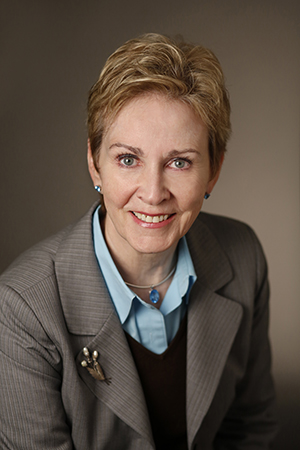For this anniversary issue, we connected with some of our long-time members to learn how the industry has changed since the founding of LeadingAge California in 1961.
Laverne Joseph, President and CEO (retired), Retirement Housing Foundation (RHF)
I think we’re going to have to find a way to address the needs of people as we’re living longer as alot of people are outliving their resources. At RHF we have 23,500 residents but over 40,000 people on our waiting list, and that keeps growing every year. Unless we find a way to address that need by building more affordable housing, we’re going to have a waiting list of 100,000. We are the advocacy voice for these people so they have a safe, secure, and affordable place to live.
Jay Zimmer, President and CEO, Carmel Valley Manor
I started working in this field 16 years ago and served on several aging services boards long before that during my hospital career. When I think of some of the changes going back 25 to 30 years now, most of the focus that I was aware of in senior living was mainly nursing homes and to a lesser extent, affordable housing. I think it’s changed dramatically in terms of options for seniors, not only in terms of housing and care but also in terms of location. Home care and community services have expanded from what they were 25 to 30 years ago. Just in the last year, we’ve had the introduction of telehealth services and other types of digital communication – FaceTime, Skype, Zoom for families to be able to communicate during this pandemic.
The most memorable LeadingAge California event was when I was asked to present one of the reflections at the Annual Conference. I was a nervous wreck for about seven weeks leading up to that! But when I actually stood on the stage and read the reflection, it was one of the most rewarding experiences I have had in my entire career.
One thing for certain is that technology is going to have a dramatic impact on the lives of elders. I think people are going to live a lot longer than they are even now. We’re on the cusp of breakthroughs with genetic and genome research. A lot of the diseases that we have today, including COVID-19, will be things of the past in the next 40 to 50 years.
Cheryl Wilson (Chair, 2004-2006), President and CEO, St. Paul’s Senior Services
About 20-25 years ago I got a call from Jerry Brown (Covia). He told me he had announced to his Board that he was gay, and he wanted to put together an event through LeadingAge National that would be inclusive and would allow people to be who they were and not be afraid. I told Jerry that I would sponsor, and the event was amazing! It continued to grow and was always a big highlight of the Annual Meeting. I’m very grateful to people of courage like Jerry and for the deep friendships that have added meaning to the work that I do, and added meaning to my life.
I think by the time the Association reaches 100 years, the average length of life will be 110 to 120 years. People won’t be considering themselves old until they’re about 80 – that’s going to be the new 65. And family support is not going to be as strong. Seniors in their 80s had three to four kids. Now, many are choosing not to have children at all. So therefore, we’re going to have to beef up the support we’re able to provide. Financing long-term care is going to be a major issue, and we need to get on top of that now and start planning for it.
Kevin Gerber, President and CEO (retired), Covia
The networking is so important. The relationship with regulators, in terms of putting a face to what the providers issues are, where individually as providers we can’t do that. As aging services has expanded as a field, the beauty of LeadingAge is it has affordable housing, skilled nursing, Life Plan communities, multi-level, PACE programs and adult day, home health care and hospice – that’s the uniqueness of it.
The whole world has changed – not just the Association and our field. Hopefully by the time LeadingAge California reaches its 100th anniversary we will have addressed ageism in our society. And income inequality, which is something I’m passionate about – that the folks that provide the services are compensated and cared for and respected as they should be.
Rhonda Bekkedahl, CEO, Channing House
I think we’re energized about changing the field, and bringing attention to the value of our older adults and issues around how services are funded. There are lots of things that need to change that LeadingAge California is going to help lead the way on. I hope we can all be part of making some real changes that serve our current and future older adults.
Roberta Jacobsen (Chair, 1992-1994) President and CEO (retired), Front Porch
The increased number of regulations and constantly changing regulatory and reimbursement environment has certainly changed the industry and impacted us in many ways. 40 years ago, we didn’t have managed care, HMOs, MCOs, and all of those systems has significantly impacted, particularly our skilled nursing operations. Obviously, the role of technology has changed substantially in 40 years and impacted the way we do business. I think these new and innovative technologies will empower individuals to live well and better. Mergers and acquisitions is a trend that will continue as some of these smaller or single site operators face financial challenges.
Today, seniors want to live longer, they are living healthier lives, and they are extremely concerned about outliving their financial resources. I think this will be a problem into the future and our industry has to find ways to provide those services at a lower price point or residents will not be financially able to access or afford our communities.
Statistics are that persons over 65 at that time will comprise more than 25 percent of the population. Finding ways to meet their needs and provide services will require us to being committed to attracting, retaining and training qualified staff has got to be a priority going forward in the future.
Mel Matsumoto, CEO, Channing House (retired)
My earliest memory of being involved in the association was probably in the late 1970s when it was known as CAHA, and I was manager of a HUD housing project.
As I became even more involved with the association, all of these folks were instrumental with teaching me things along the way. Sometimes it wasn’t a factoid I learned from them, but more of an attitude, an ethos; a sense of mission.
These days, with the increased professionalization of the field, people are coming in much better prepared than my generation was.
Todd Murch (Chair, 2014-2016) President and CEO, Eskaton
At the end of the day, I think where LeadingAge California today is as strong and influential as in the decades I’ve been associated with it.
Molly Forrest (Chair, 2020-2022) President, Jewish Home Foundation
I had the good fortune to begin my work in 1972 so Medicare had only been out seven years. When those big regulations came out in 1970, somewhere around 33 percent of the state nursing homes were operated by nonprofits. Guess how many today? Three percent. It’s why we have such abuses in California. All across America we are broken in how we deal with elders. I believe COVID-19 will force America to deal with how we treat the elderly and the disabled.
What I have appreciated about LeadingAge California is that if you hear a member is doing something, and you pick up the phone to call them, they pick up the phone to talk to you and say, “Let’s go to the conference – I’ll meet you for dinner or we’ll have coffee and I’ll tell you what’s going on.” I met wonderful people who’ve shared their wisdom, expertise, new programs, and steered me to consultants.
There are associations that work in our industry that have not made it. So 60 years is a pretty good record of having stability, purpose, mission and drive.


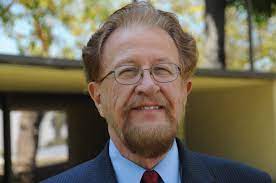 My involvement with the association goes back to when I came from Chicago to Long Beach in 1987. I worked until I was age 83, and I worked that long because I found it to be fulfilling. One of my punch lines used to be that I didn’t have to retire to travel. I was on the Board of LeadingAge National and a member on a number of committees over the years, then would go back to D.C. a couple times a year. I really enjoyed it!
My involvement with the association goes back to when I came from Chicago to Long Beach in 1987. I worked until I was age 83, and I worked that long because I found it to be fulfilling. One of my punch lines used to be that I didn’t have to retire to travel. I was on the Board of LeadingAge National and a member on a number of committees over the years, then would go back to D.C. a couple times a year. I really enjoyed it!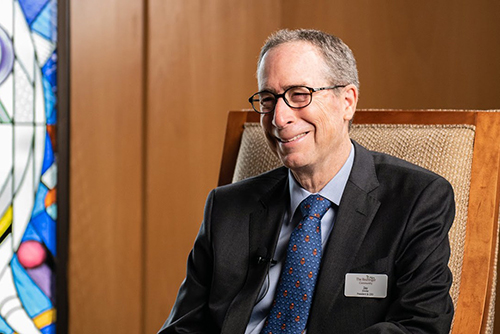 I think that advocacy is one of the biggest reasons we continue our membership with LeadingAge California. They provide a lot of support in other ways. Because of the breadth of their membership, there’s expertise in every conceivable area of senior living. The networking aspect and building of relationships between members is an important factor. They do a great job of it!o much has changed dramatically — and continues to evolve — that one truth has remained constant.
I think that advocacy is one of the biggest reasons we continue our membership with LeadingAge California. They provide a lot of support in other ways. Because of the breadth of their membership, there’s expertise in every conceivable area of senior living. The networking aspect and building of relationships between members is an important factor. They do a great job of it!o much has changed dramatically — and continues to evolve — that one truth has remained constant.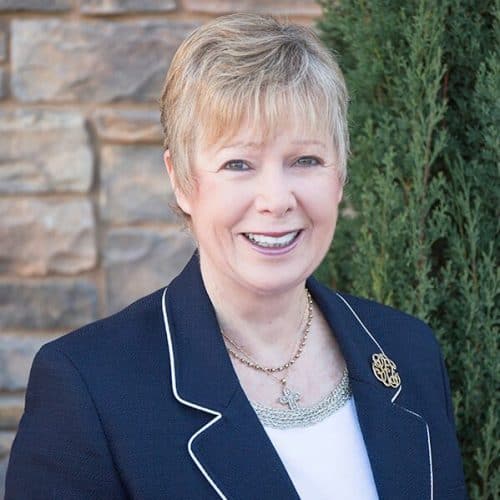 I’ve been a member of LeadingAge California since around 1978. The things that keep me most engaged are number one, staying on the cutting edge of what’s coming down the pike, and number two, the relationships.
I’ve been a member of LeadingAge California since around 1978. The things that keep me most engaged are number one, staying on the cutting edge of what’s coming down the pike, and number two, the relationships.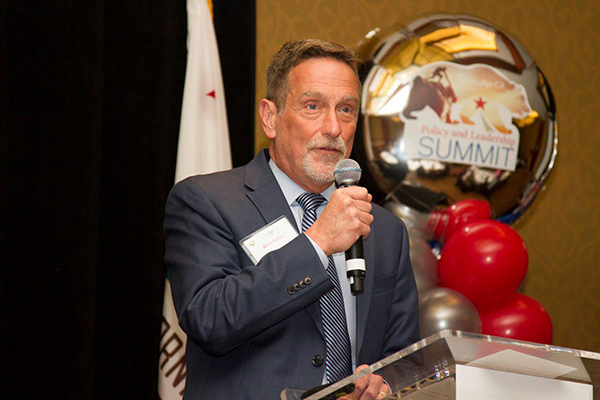 I came to California in 1986 and went to my first CAHA meeting in 1987. LeadingAge California has been a great association. I started my career in nursing homes, and now nursing homes are going away – more rapidly than I would’ve anticipated. Going from “homes from the aged” to “homes and services for the aged” to “aging services” now to “LeadingAge” tells the story of how the work of the association has changed to represent how we approach services to older people.
I came to California in 1986 and went to my first CAHA meeting in 1987. LeadingAge California has been a great association. I started my career in nursing homes, and now nursing homes are going away – more rapidly than I would’ve anticipated. Going from “homes from the aged” to “homes and services for the aged” to “aging services” now to “LeadingAge” tells the story of how the work of the association has changed to represent how we approach services to older people.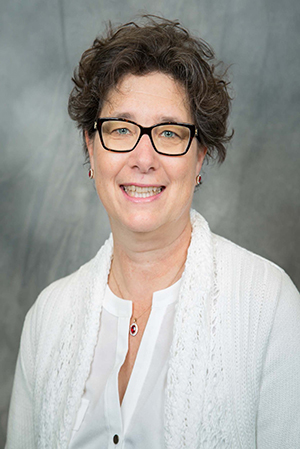 LeadingAge California has been a great resource. The sessions available at the Annual Conference are so important, and developing those relationships in the field so when you end up in a difficult complex situation you have people to reach out to. I remember the last in-person event I attended was the RISE Summit in February in Sacramento in 2020 – the crab feed fundraiser for the PAC, the dancing and laughing … it was just a fabulous night.
LeadingAge California has been a great resource. The sessions available at the Annual Conference are so important, and developing those relationships in the field so when you end up in a difficult complex situation you have people to reach out to. I remember the last in-person event I attended was the RISE Summit in February in Sacramento in 2020 – the crab feed fundraiser for the PAC, the dancing and laughing … it was just a fabulous night.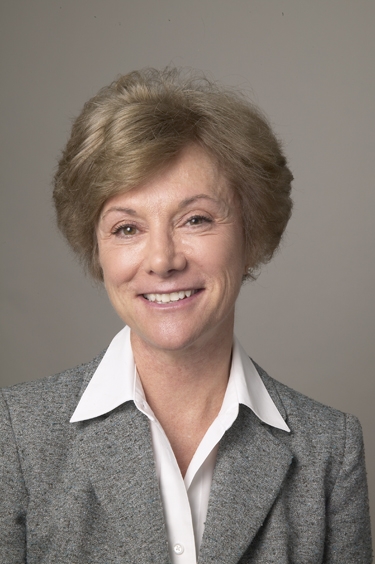 My very first association meeting was in 1979 in Sacramento when I was with Front Porch’s predecessor Pacific Homes. I was so impressed by the energy and dedication of the attendees that I met. We continued to remain members at Pacific Homes and now as Front Porch.
My very first association meeting was in 1979 in Sacramento when I was with Front Porch’s predecessor Pacific Homes. I was so impressed by the energy and dedication of the attendees that I met. We continued to remain members at Pacific Homes and now as Front Porch.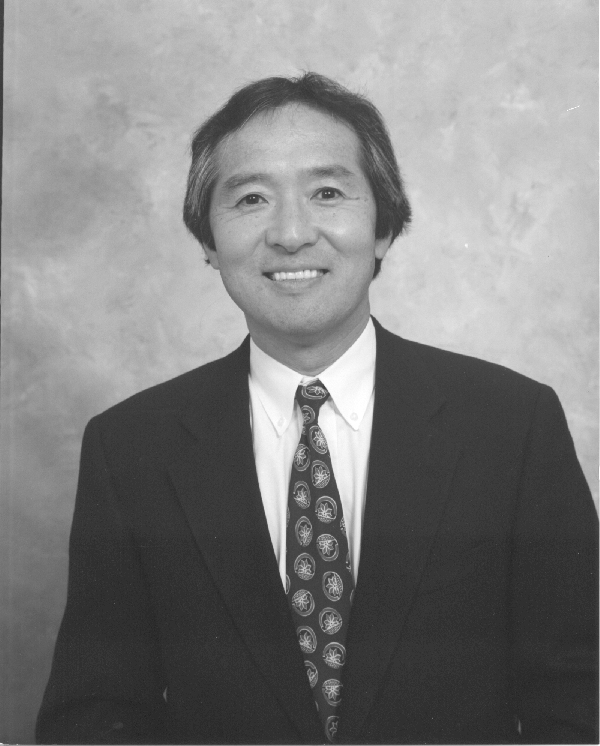 The first wave of leadership in senior care had a preponderance of former clergy and former church members. Then the professionals became involved, the social workers and other trained professionals in human services. And the third wave were the MBAs, the business majors who brought with them a skill set that we didn’t have, the clergy didn’t have, and the professionals didn’t have. And then finally merging with that third group were those who were academically trained to be in the field, so part of the evolution has been professionalizing the field.
The first wave of leadership in senior care had a preponderance of former clergy and former church members. Then the professionals became involved, the social workers and other trained professionals in human services. And the third wave were the MBAs, the business majors who brought with them a skill set that we didn’t have, the clergy didn’t have, and the professionals didn’t have. And then finally merging with that third group were those who were academically trained to be in the field, so part of the evolution has been professionalizing the field.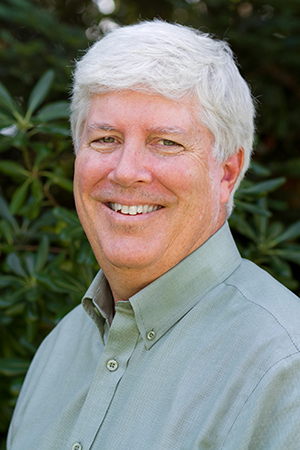 I’ve been at Eskaton for 40 years, and some of the key issues in our industry remain very much the same. Being a CEO and seeing the leadership of organizations change over the years, it’s still a bit surprising to me that more organizations don’t do purposeful succession planning.
I’ve been at Eskaton for 40 years, and some of the key issues in our industry remain very much the same. Being a CEO and seeing the leadership of organizations change over the years, it’s still a bit surprising to me that more organizations don’t do purposeful succession planning. 